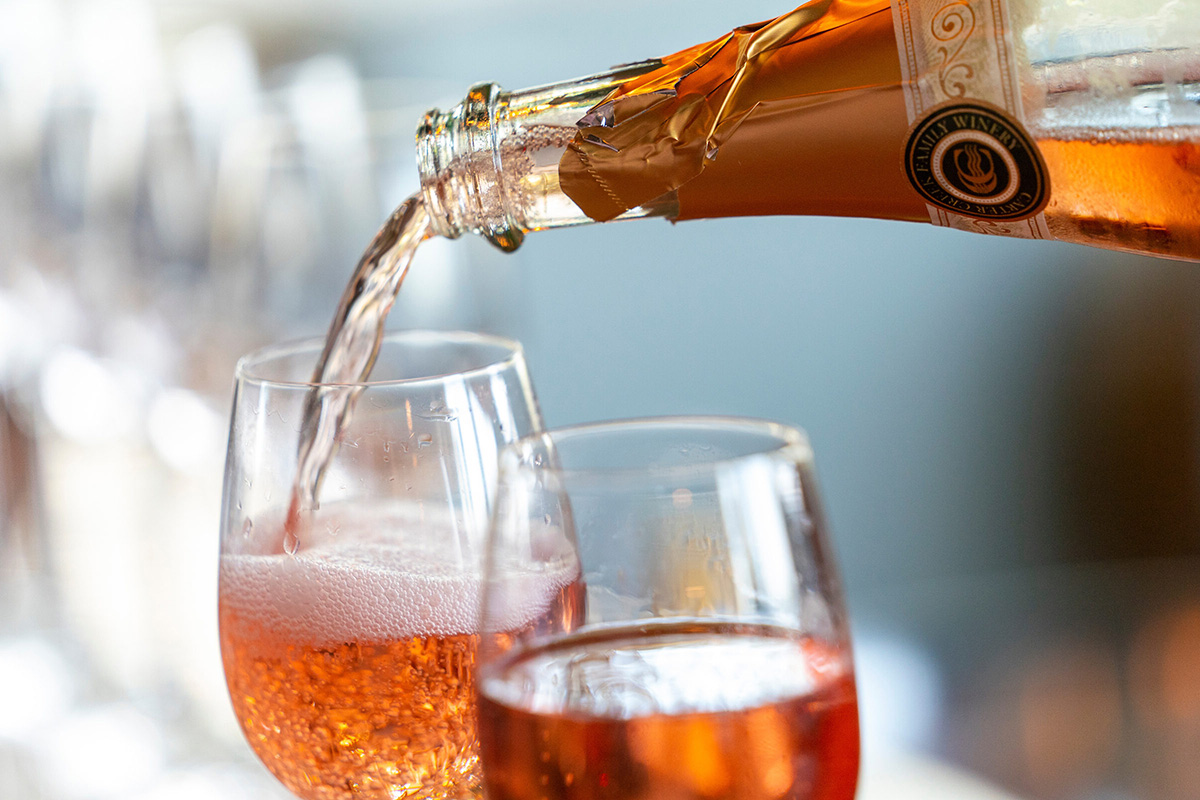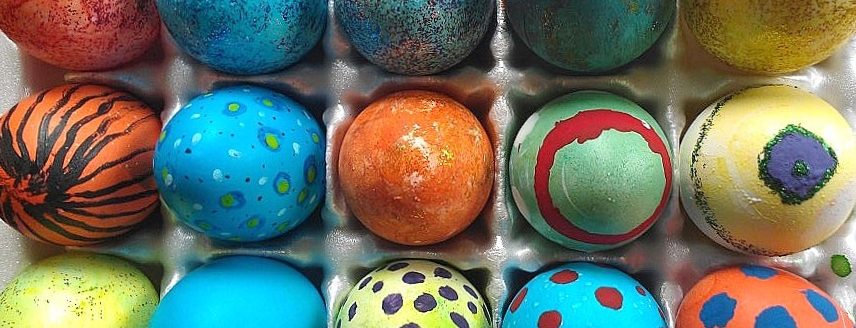AgriLife Extension viticulturist gives tips on selecting a sparkling wine
When most people think of sparkling wine, they picture partaking of some while watching the ball drop on New Year’s Eve or when making a heartwarming celebratory toast.
Known for their bubbles, sparkling wines are often associated with grand celebrations. But while it’s a staple at holiday dinners and special celebrations, sparkling wine also has a place at many other occasions.
Justin Scheiner, Ph.D., Texas A&M AgriLife Extension Service viticulture specialist and associate professor in the Texas A&M Department of Horticultural Sciences, Bryan-College Station, shares the basics of what sparkling wine is, the selection of varieties offered and gives expert tips on how to choose the perfect bottle for any event.
What is sparkling wine?
Sparkling wine is known for its fizz, or effervescence, created by carbonation during fermentation.
“As the wine is fermented, carbon dioxide builds up, which creates the carbonation and bubbly effect that sparkling wines are so well known for,” Scheiner said.
Many people pair sparkling wines with simple appetizers like cheese boards. Its fizz can tend to spark hunger for those drinking it, making it a great choice before meals.
These wines also pair well with a variety of salty foods, from traditional options like bread, crackers, meats and cheese to more unconventional choices like french fries. Don’t be afraid to get creative when selecting a salty snack to go with your glass of sparkling wine.
Like still or table wines, sparkling wine comes in red, white and rosé, as well as sweet and dry varieties. While the selection of sparkling wines at retail stores is often smaller than that of still wines, here are three major types that are widely enjoyed: Champagne, prosecco and cava.
Champagne
Oftentimes, when people think of sparkling wine, they picture Champagne. Genuine Champagne is considered sparkling wine, but not all sparkling wines are considered Champagne.
“Genuine Champagne now only comes from the Champagne region of France, although there are many different American versions of it,” Scheiner said. “However, those versions were grandfathered in before 2006, when it was agreed to stop using the word Champagne on American wines.”
This type of sparkling wine is known for its toasted and almost bread-like flavor profile. The high acidity levels of Champagne can often come off as slightly tart, leaving you with an almost refreshed feeling, Scheiner said.
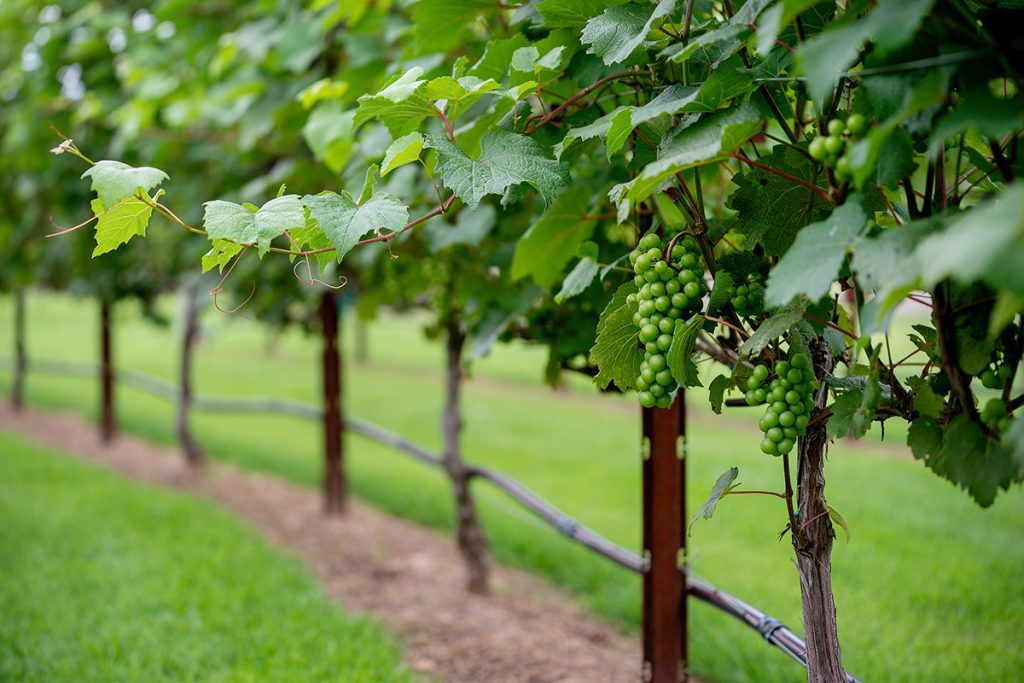
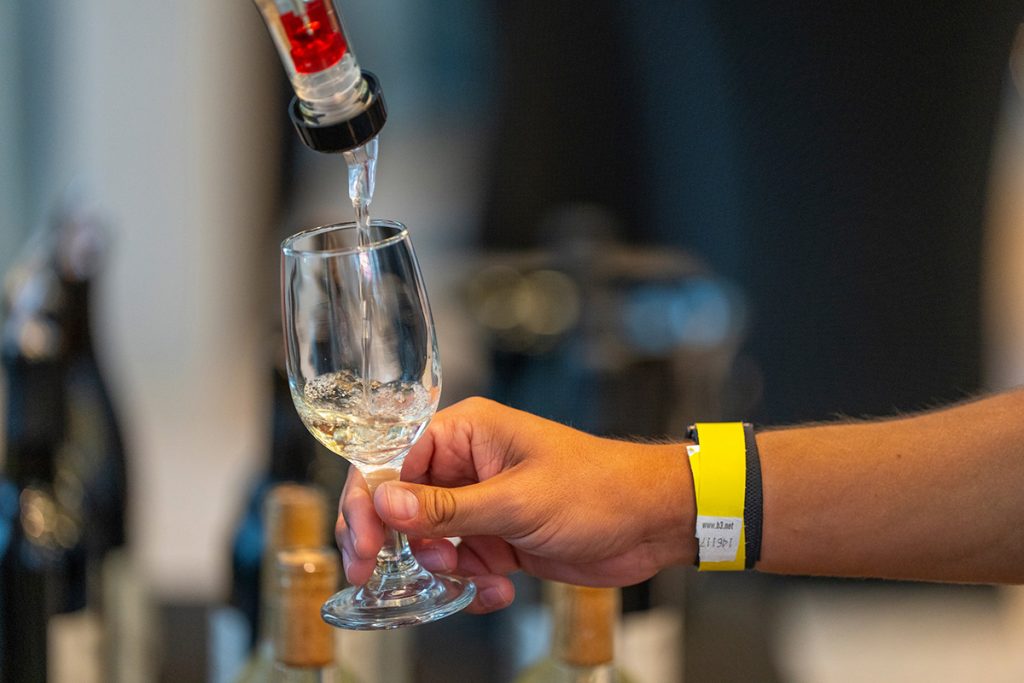
From Champagne to prosecco and cava, sparkling wines are widely enjoyed around the world. AgriLife Extension viticulturist Justin Scheiner, Ph.D., suggests trying a few different varieties to help you discover your personal preference. (Photos: Laura McKenzie, Michael Miller/Texas A&M AgriLife)
Prosecco: the affordable alternative to Champagne
Another very popular sparkling wine hailed from Italy is prosecco, which is typically much more economical than Champagne, Scheiner said. Prosecco is made with different types of grapes and in a slightly different method, contributing to its lower price tag.
“Prosecco is a little fruitier in taste and actually tends to follow the American pallet the most, which is why I think it would be one of the most popular sparkling wines in the states,” Scheiner said. “It is widely available, fairly inexpensive and considered pretty easy to drink.”
Cava
If you like Champagne’s profile, Scheiner said you might also want to try cava. This Spain-originated sparkling wine is similar to Champagne and made using the same method.
The flavors often mimic a toasted bread taste associated with Champagne despite the different types of grapes that went into making them. Due to their similarities, many wine drinkers might find it challenging to choose a top pick between them.
The deal breaker, however, which is similar to prosecco, can be the price. Cava is another wine that, when compared to some Champagnes, can be a good deal.

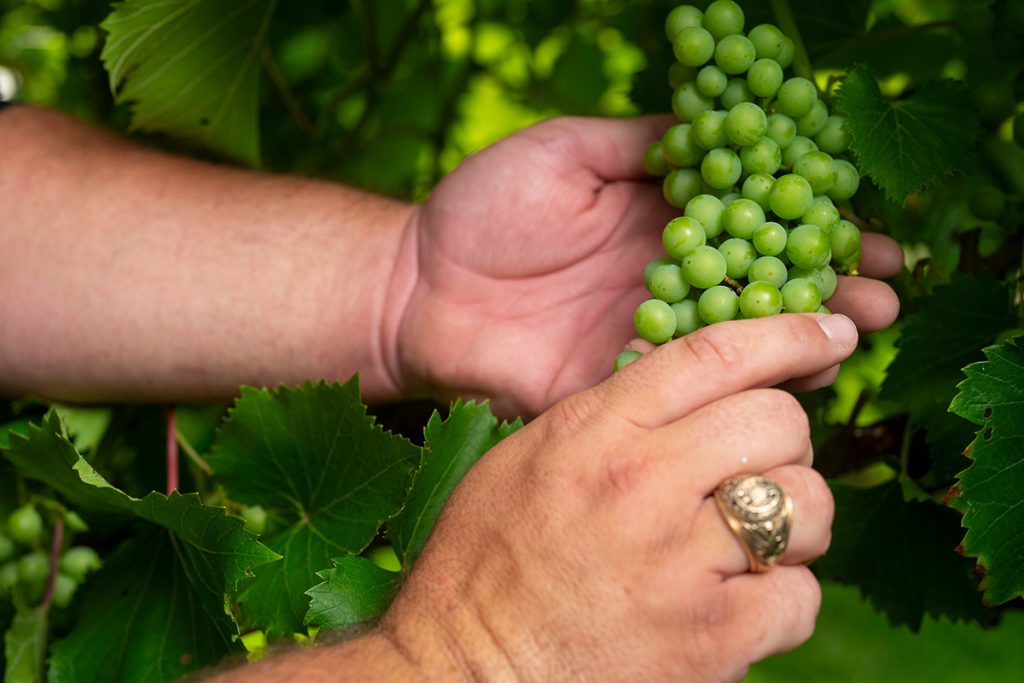
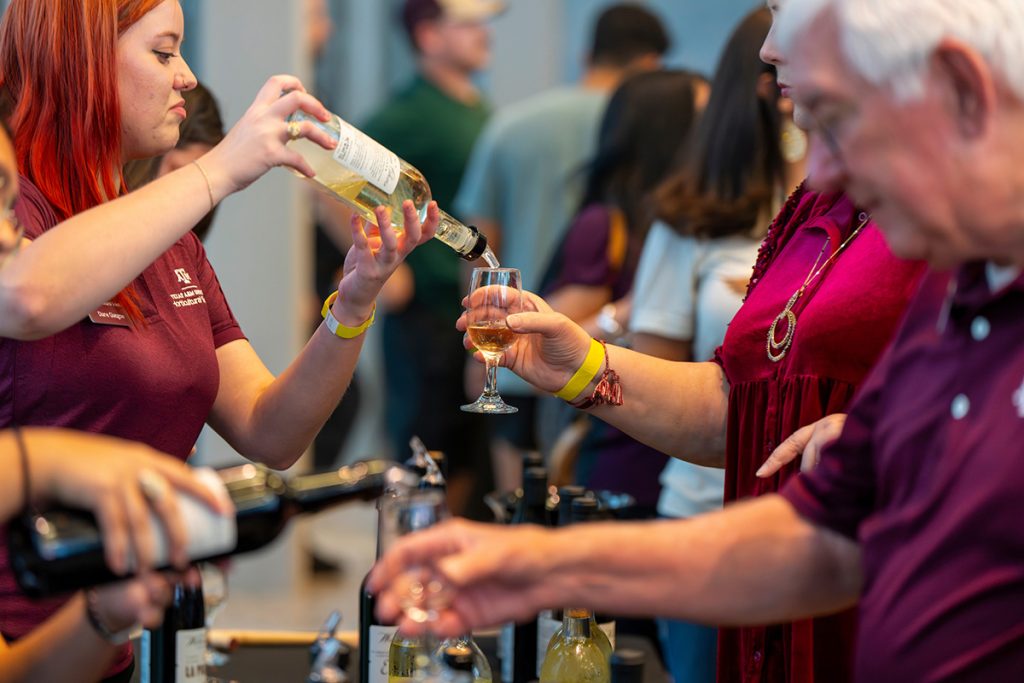
Choosing the right sparkling wine at the grocery store can be made simpler with tips to help you determine whether a wine is sweet or dry. (Photos: Michael Miller/Texas A&M AgriLife)
Dry or sweet?
The age-old question for most wine drinkers is, do you like a dry or sweet wine? How can you figure out which bottle of sparkling wine you will like best to put on the shelf?
The easiest thing to do is start with the label. If you pick up a bottle of sparkling wine and it says “brut” or “extra brut” on the label, that means it will be dry and not sweet. If you see the word “brut” on any wine bottle you pick up, you can assume it will be dry and give a puckering sensation when you drink it.
If you see the words “sec,” “demi-sec,” or “doux,” those will be the sweeter varieties. Sec is considered the middle ground of sweetness and doux is at the higher end of sweetness levels, Scheiner said.
“Ultimately, trying a few different varieties will help you discover your personal preference,” Scheiner said. “After all, personal preference is the key to finding a sparkling wine that works best for you and fits your individual taste and budget.”
TOP PHOTO: Personal preference is the key to finding a sparkling wine that works for you, according to AgriLife Extension viticulturist Justin Scheiner, Ph.D. (Michael Miller/Texas A&M AgriLife)
